Remember the last time you saw India on Western TV. What did you see? A yellow filter that seems more like a desert scene, mustard fields and snake charmers restricting our diversity. How many times have you seen diverse characters represented? And how many of them are actually three-dimensional with solid plot points?
Let’s take an example of our own country. With the film ‘Param Sundari’ being released, debates sparked over why the Malayali character is not played by a Malayali actress, reduced to a stereotypical portrayal. Often, lighter-skinned actors are preferred over dark skinned ones who, if cast, mostly play side roles with often half-developed portrayals. Any form of visual media, especially television, is not only an important source of information, but it also controls how we see the world. Although not explicit, it lays down what is to be liked or disliked and what is normal and not normal. It has a strong control over swaying public opinions, attitudes and beliefs on anything.
While this modern television reaches a large audience across the globe, the representation and portrayal of people with diverse backgrounds have remained not only scarce but also often inaccurate and disrespectful. These faithless portrayals are more than just inaccurate; they are what set a certain image in the public eye. When depicted negatively, they do irreparable harm to the communities being portrayed.
Read more: What is the Psychological Impact of Skin Colour in India?
Understanding Stereotypes and Prejudices
The American Psychological Association defines stereotypes as “A set of cognitive generalisations (e.g., beliefs, expectations) about the qualities and characteristics of the members of a group or social category.” These are fixed mental frameworks or cognitive schemas that shape how we perceive, interpret, and interact with others. In simpler words, these are simplified and preconceived images that we have of people, which influence how we see them. It discounts individual differences.

Prejudice, on the other hand, is “A negative attitude toward another person or group formed in advance of any experience with that person or group.” American Psychological Association. It is preconceived, meaning it forms without personal experience or interaction and often stems from limited knowledge and a lack of social exposure to the said group.
Read More: Differences Between Positive & Negative Attitudes
Why the impact of TV matters: Related Concepts
- Cultivation theory: It states that our perception of the world is greatly impacted by the amount of exposure to media (Gerbner et al., 2002).
- Social cognitive theory: This theory states that viewers often imitate the behaviours they see in the media under certain conditions (Bandura, 1986). An instance of this was the significant correlation between reading magazines and college females’ eating disorder symptoms studied by Stice and Shaw. (Stice and Shaw, 1994).
TV is not just a means of communication. It plays a significant role in the process of socialisation. (Yeh. A, 2012). It offers cultural frameworks, styles and patterns of human behaviour (Mutman, 1995). We, as media consumers, are greatly affected by the content we watch. It can not only influence but also alter one’s psychological makeup and thought habits (Dara Roth Edney, 2004)
Read More: The Importance of Socialisation in Influencing Human Behaviour
How they are perpetuated on TV
- Underrepresentation: In a society that has a select idea of the “TV face”, representation itself is a challenge. For a lot of communities, seeing someone of their own kind on TV is a rare thing, let alone combating stereotypes.
- Oversimplification: A lot of the time, complex ethnic, racial, gender, and socio-economic groups are transformed into generalised portrayals to fit into the narrative or due to a lack of time. This further causes misrepresentation and fuels cultural stereotypes.
- Typecasting: Many times, members from specific communities are relegated to the same stereotypical roles with problematic tropes that do more harm than good.
Examples of misrepresentation and why they are harmful
1. Gender portrayals
One of the oldest stereotypical portrayals is of women. (L. Monique Ward and Petal Grower 2020). From a young age, gender norms are imposed on individuals. Even children’s shows add to this. Girls are to watch Barbie shows and play “kitchen”, while boys should watch more scientific shows and play outdoor games. Among adults, too, women are often portrayed in restricted roles as fragile and dependent, while men are depicted as harsh, stoic, and intelligent.
2. Racial/ethnic portrayals
African Americans were given the “mammy” stereotype (loud, big, loyal to their master) as popularised by “Gone with the Wind” in the West. In the Indian context, South Indians are often given stereotypical Hindi accents, Bengalis are associated with witchcraft and black magic, and North Eastern representations are nearly non-existent, and whatever little exists is often harmful and dehumanising.
3. Religious portrayals
The media often sensationalises conflicts between different religious groups by omitting their significant contributions and using specific attire to reinforce biases, incite hatred. This often results in undermining interreligious peace and harmony.
4. Mental health
The media often glamorises or stigmatises mental health issues. The general population learns about autism mostly through mass media (Jacoby et al., 2019). This is true for other mental health conditions and disorders, too. Characters with mental issues are often shown to be violent compared to real life (Diefenbach, 1997). Negative portrayals through misinformation and sensationalization result in more stigma against such issues.
5. LGBTQ+
LGBTQ+ representation on TV is often limited to comedic-relief personas or simply mentally unstable. The media often portrays them as either overly vulnerable or dangerously predatory caricatures. This trivialises their struggles, perpetuating discrimination and violence against them.
Read More: LGBTQ+ Community, issues and prejudices faced by them
6. Behind the scenes
Another example is the sheer lack of diversity even behind the scenes. Writers, actors, and producers who portray diverse people and themes often confine themselves to a single community or lack adequate experience with true diversity. Whitewashing, blackface, and yellowface are not just things of the past, but still exist today in slightly different forms.
What can be done: Actions against harmful stereotypes
1. For Creators
- Acknowledgement: Acknowledgement of a problem is the first step to combat it. Producers and creators must identify and acknowledge biases in writing and casting while understanding the importance of avoiding them to ensure authentic and inclusive representation.
- Diverse character backgrounds over stereotypical tropes: Rather than opting for the already established negative portrayals and harmful tropes, creators can try to build authentic characters with accurate backstories, crafting dimensional characters and representing their stories.
- Inclusion of diverse individuals: Whether it be in writing, production, or even casting itself, inclusion of more diverse individuals is a must to reduce preconceived notions. This helps give better opportunities and a voice to the marginalised and often discriminated communities to come forward and share their own stories.
- Research: Production houses often skip proper research on the communities they portray, leading to problematic depictions and frequent inaccuracies. Active research helps identify and resolve these problems at their roots.
- Feedback: Feedback can be a very helpful tool for ethical content creation. It is better to ask than assume. Asking for feedback from varied test audiences can make a lot of difference in the type of content produced.
How The Media Shapes Public Perception
- The media has full control over what events or issues are to be addressed and covered on TV. This gives them the ultimate power over what they want to showcase to the viewers.
- The issues that the media highlights often end up becoming more important to the public. This is a common tactic used by political parties to hide their inconsistencies in the economy.
- The media can also provide intentionally deviating, misleading information and agitate the public in their cause. This is often done to support and present certain agendas.
- The media has a great impact on shifting policy and decision-making by favouring certain elements over others.
- A certain event can be portrayed through a completely different angle or point of view by the media. The way they “frame” the news shapes public opinions and reactions.
2. For viewers
- Introspection: Each individual can challenge established harmful stereotypes with something as simple as thinking for themselves. Introspection through questioning their own thoughts and beliefs brings to light the biases and realities of such stereotypes.
- Media Literacy: Media literacy education is extremely beneficial for individuals. It helps individuals learn to critically analyse the content that they intake. In turn, such individuals become more responsible consumers, often forming stances against harmful perpetuations.
- Engaging through discussions: Rather than accepting readily available information, one should actively engage in discussions about such topics, raising awareness and improving one’s knowledge.
Conclusion
The Media and Television play an important role in shaping our perception and understanding of society and the people around us. From trends to public opinions, they hold significant control over everything. Stereotypes and prejudices are biases that often negatively influence people against other communities. People from diverse marginalised backgrounds—whether racial, ethnic, gender-based, religious, mental health-related, or LGBT+—often face underrepresentation, misrepresentation, typecasting, and oversimplified story arcs, both on-screen and behind the scenes.
Collective efforts can reduce these stereotypical and prejudiced portrayals. The creators need to acknowledge their mistakes, building strong character backgrounds through research, feedback and inclusion of diverse people behind the scenes. On the other hand, individuals need to introspect, ask questions, engage in discussions and call out poor portrayals. What we see on TV not only shapes opinions, but it also plays an important role in one’s overall socialisation. The power it holds over our thoughts and behaviour makes ethical representation not only a right, but also a necessity.
Read More: Misinformation in Your Feed: When Social Media Becomes a Mental Health Risk
FAQs
1. What are stereotypes and prejudices?
People hold stereotypes as generalised beliefs about particular groups or communities, disregarding individual differences. Prejudice is a predetermined negative attitude one has about a select group. Both are biases that influence an individual’s behaviour.
2. In what forms are these harmful portrayals present?
These harmful portrayals affect various domains, including gender, race, ethnicity, religion, mental health, and the LGBTQ+ community. where marginalised groups are often mocked in TV and films through stereotypical accents, attire, tropes, and character portrayals.
3. How can harmful portrayals be combatted?
Creators and audiences can address harmful stereotypical portrayals through collaborative efforts. While creators need to acknowledge problems, hire diverse voices, research and ask for feedback, viewers have to spread awareness, introspect, call out, send feedback and educate themselves.
References +
Fiveable. (2024, August 16). 8.3 The role of television in perpetuating or challenging stereotypes and bias – TV Criticism. https://library.fiveable.me/television-criticism/unit-8/role-television-perpetuating-challenging-stereoty pes-bias/study-guide/0F4xdIU0IENEQto0
TELEVISION STEREOTYPES AND AFFIRMATIVE ACTION https://www.natcom.org/publications-library/television-stereotypes-and-affirmative-action/
Hungerford, C., Kornhaber, R., West, S., & Cleary, M. (2025). Autism, Stereotypes, and Stigma: The Impact of Media Representations. Issues in Mental Health Nursing, 46(3), 254–260. https://doi.org/10.1080/01612840.2025.2456698
Sharma, I. & Kumar, L. (2023). The Role of Media in Perpetuating Racial and
Gender Stereotypes. International Journal for Multidisciplinary Research (IJFMR), 5(2). https://doi.org/10.36948/ijfmr.2023.v05i02.2366
Sondhi, V. (n.d.). Stereotyping in media: Gender, politics and ethnicity. In Media representation and social behaviour (Unit 8). Indira Gandhi National Open University. http://egyankosh.ac.in//handle/123456789/79428

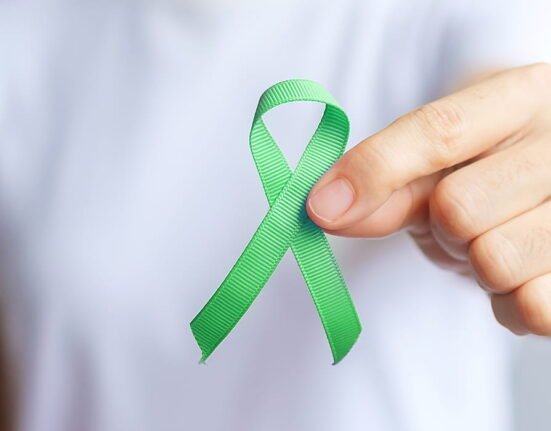
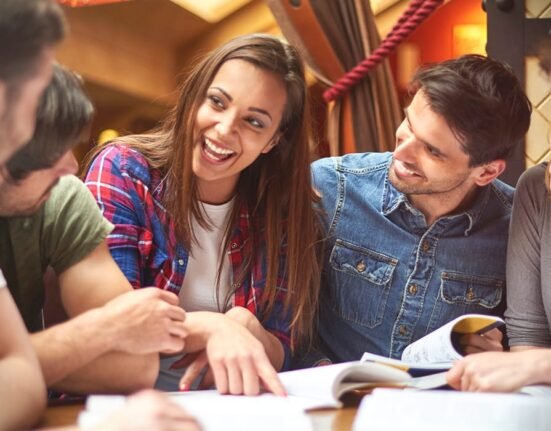


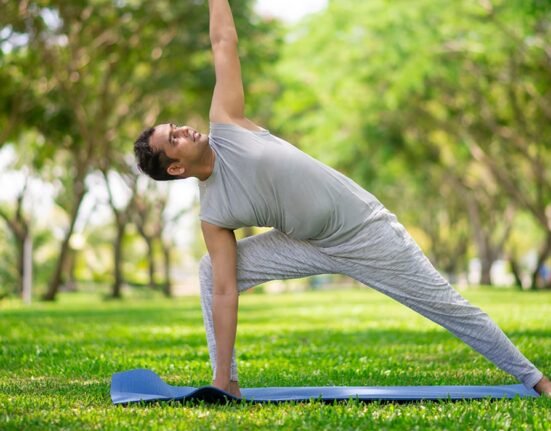
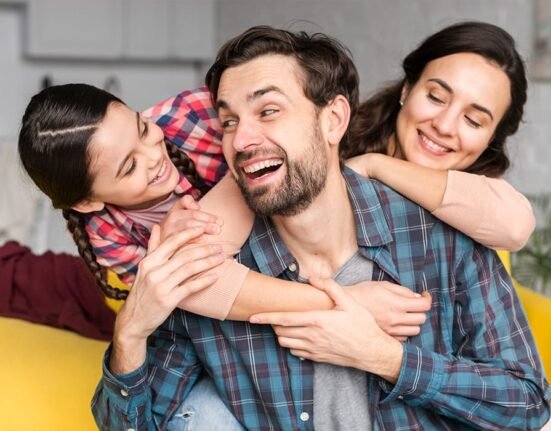
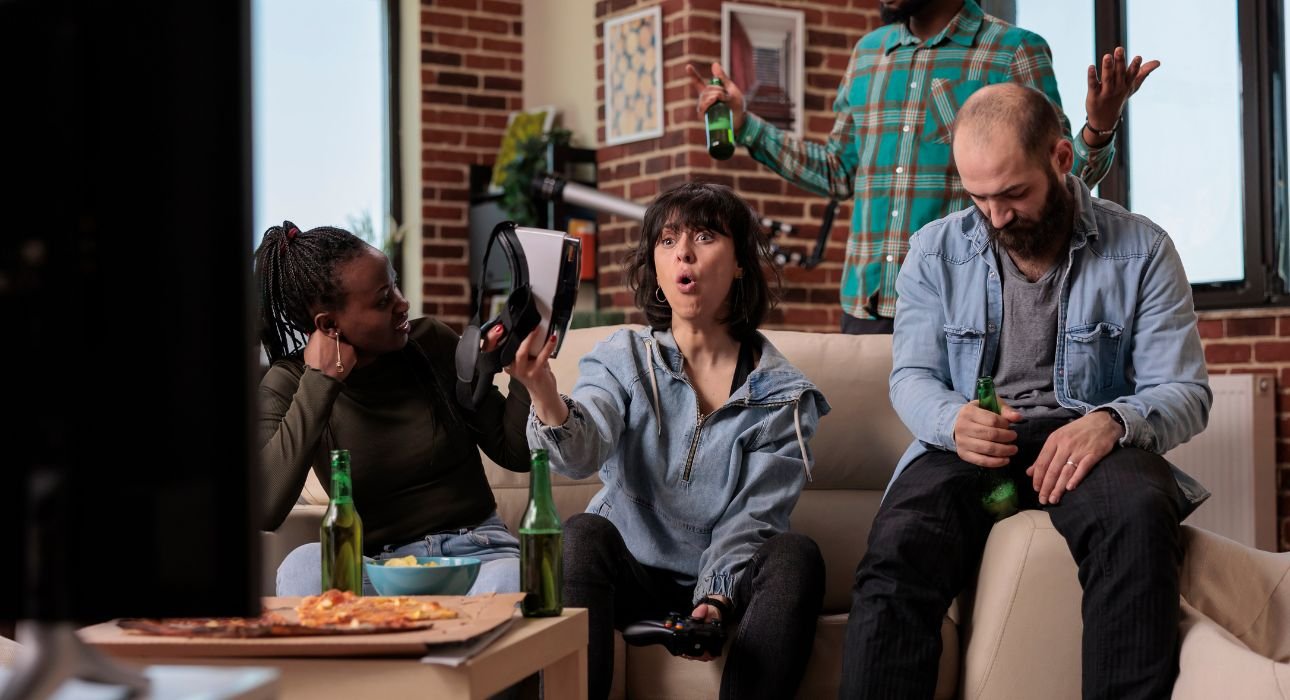
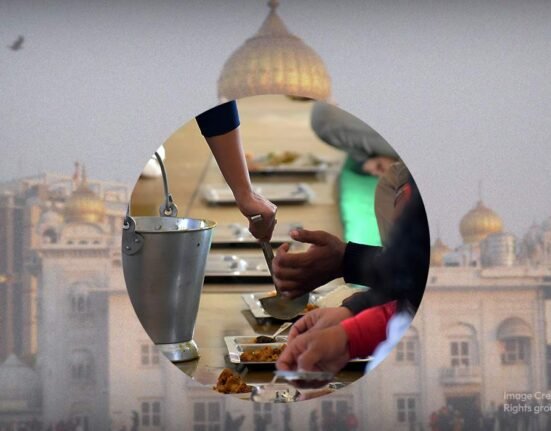
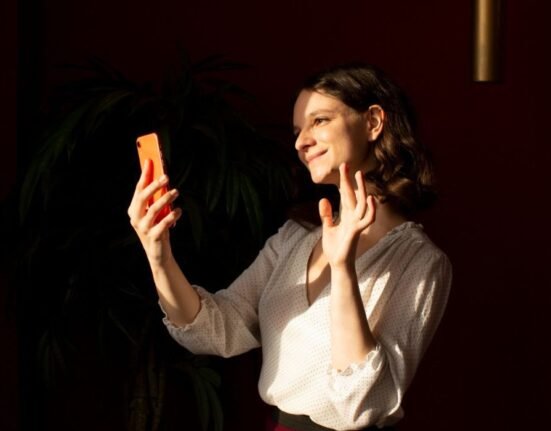
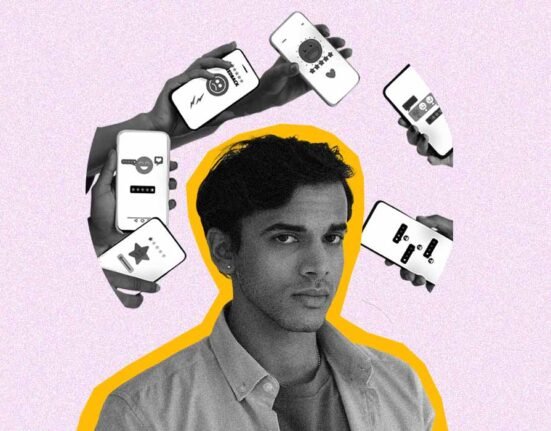


Leave feedback about this